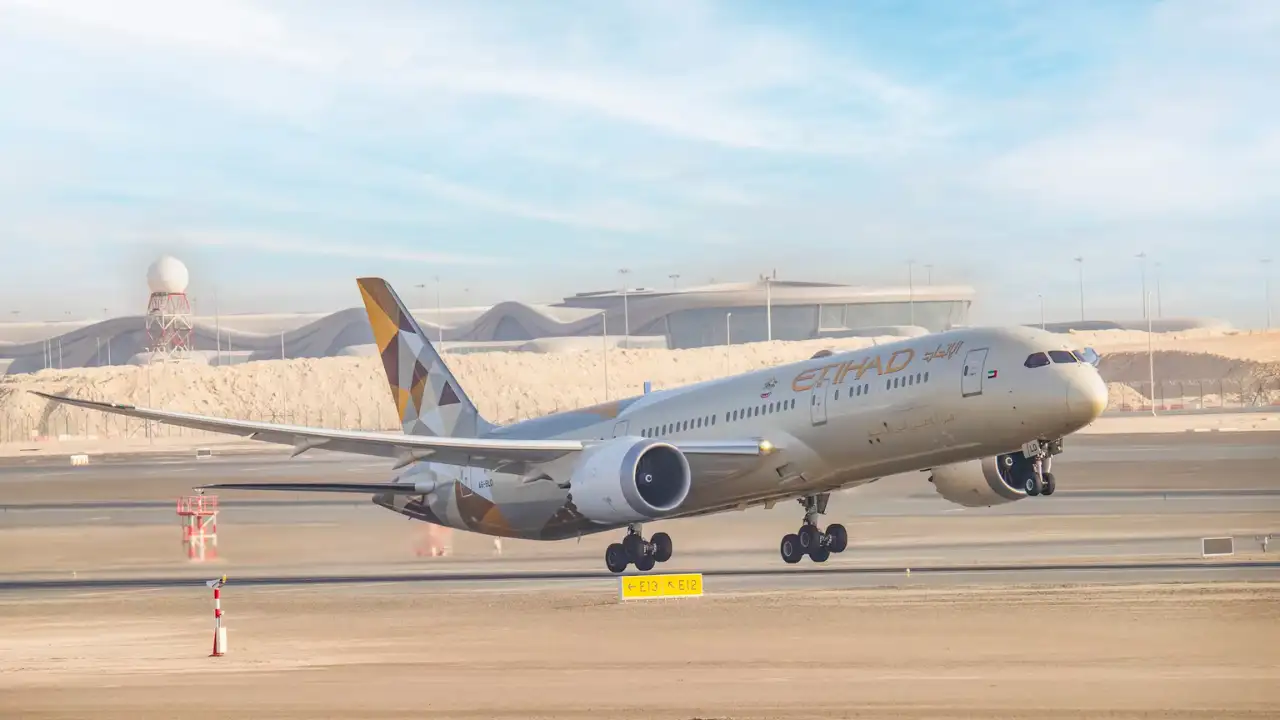By Farhat Ali
Copyright brecorder

The announcement of a mutual defence pact between Pakistan and Saudi Arabia is more than a ceremonial gesture. It represents a recalibration of regional security equations at a time when the world is grappling with conflict, uncertainty, and a gradual erosion of old alliances.
The agreement, which stipulates that an attack on one state will be treated as an attack on both, elevates long-standing military cooperation into a formal and strategic framework. Its implications go well beyond the two countries, touching the entire South Asia, the Middle East, and even the wider global order.
Islamabad has historically maintained close defence and training ties with Riyadh, but this agreement elevates that cooperation into a binding commitment. As a nuclear-armed country with a seasoned military, Pakistan offers Saudi Arabia deterrence value, while Pakistan, in turn, gains the diplomatic weight of aligning with the Gulf’s largest economy.
This move also comes at a moment when Pakistan faces persistent economic pressures, political volatility, and security challenges on its borders. A formal defence relationship with Saudi Arabia could unlock new streams of economic assistance, investment flows, and energy supply arrangements that Islamabad badly needs.
Saudi financial packages in the past have often served as lifelines during Pakistan’s recurring balance of payments crises. The pact may therefore serve a dual purpose — bolstering Pakistan’s external security while also potentially anchoring its fragile economic stability.
Yet the commitments carry risks. Pakistan has historically sought to strike balance between Gulf rivalries, especially in avoiding entanglement in conflicts such as Yemen. With this pact, Islamabad’s margin for neutrality could narrow. Should Saudi Arabia face direct or proxy attacks, Pakistan could come under pressure to respond militarily — stretching its already burdened security apparatus.
For Riyadh, the pact represents diversification and hedging. Traditionally reliant on the United States for security guarantees, Saudi Arabia is increasingly aware of the limitations of over-dependence on Washington. The volatile regional environment — from Iran’s assertiveness to the unpredictability of Israel’s military posture — compels the Kingdom to seek new and reliable partners.
By formalising defence ties with Pakistan, Riyadh secures more than symbolic solidarity. It signals to adversaries that Saudi Arabia can call on a military partner with nuclear capabilities, even if the pact does not explicitly reference nuclear deterrence. The mere association creates a stronger deterrent effect in the calculus of potential aggressors.
At the same time, Saudi Arabia is careful not to alienate other partners. It continues to cultivate strong ties with India, invest in China’s Belt and Road projects, and maintain its strategic partnership with the US. The pact with Pakistan, therefore, should be seen not as a replacement but as part of a wider diversification strategy to reinforce Saudi Arabia’s security autonomy.
The most immediate regional response is likely to come from India. New Delhi will view the pact through the prism of its long-standing rivalry with Pakistan and its growing defence ties with the Gulf.
While Saudi officials have made it clear that Riyadh intends to preserve balanced relations with both Pakistan and India, the optics of aligning militarily with Islamabad could cause unease in New Delhi. India may respond by deepening its security engagement with other Gulf states or by accelerating its already robust defence relationship with the United States.
Iran, too, will closely monitor the pact. Although Saudi Arabia has recently pursued a thaw with Iran, this agreement could put to test that fragile rapprochement.
For the wider Muslim world, however, the pact might project a sense of solidarity. Pakistan has long styled itself as a defender of Islamic causes, while Saudi Arabia carries symbolic weight as the custodian of Islam’s holiest sites. Formalising their defence alignment could reinforce a collective sense of security among smaller states in the Islamic bloc.
The pact also carries wider geopolitical resonance. In an era of shifting alliances, it reflects the broader trend of states moving away from exclusive reliance on a single great power. Saudi Arabia’s outreach to Pakistan mirrors similar patterns elsewhere — from Turkey seeking defence autonomy to Gulf sheikhdoms purchasing weapons systems from China and Russia.
For the United States, the development presents a mixed picture. On the one hand, Washington may welcome burden-sharing if it reduces direct pressure on American security commitments in the Gulf. On the other, the potential nuclear dimension — however implicit — could raise alarms in US strategic circles concerned about nuclear proliferation and deterrence stability.
China, which maintains close strategic partnerships with both Pakistan and Saudi Arabia, may see the pact as complementary to its own regional ambitions. As the Belt and Road Initiative binds the Middle East and South Asia into its economic orbit, a firmer security bond between two key partners strengthens Beijing’s influence indirectly.
For Pakistan, the challenge will be to translate this strategic alignment into tangible economic relief without over-committing its military resources to external theatres. For Saudi Arabia, the priority will be to manage the delicate balance of diversifying security partners while avoiding the perception of aligning too closely against Iran or India.
In the evolving multi-polar world, this pact reflects the changing logic of alliances: less rigid, more transactional, and increasingly regional in scope. Whether it strengthens stability or introduces new fault lines will depend not only on how Islamabad and Riyadh operationalise the agreement, but also on how other regional and global powers choose to respond.
Copyright Business Recorder, 2025



